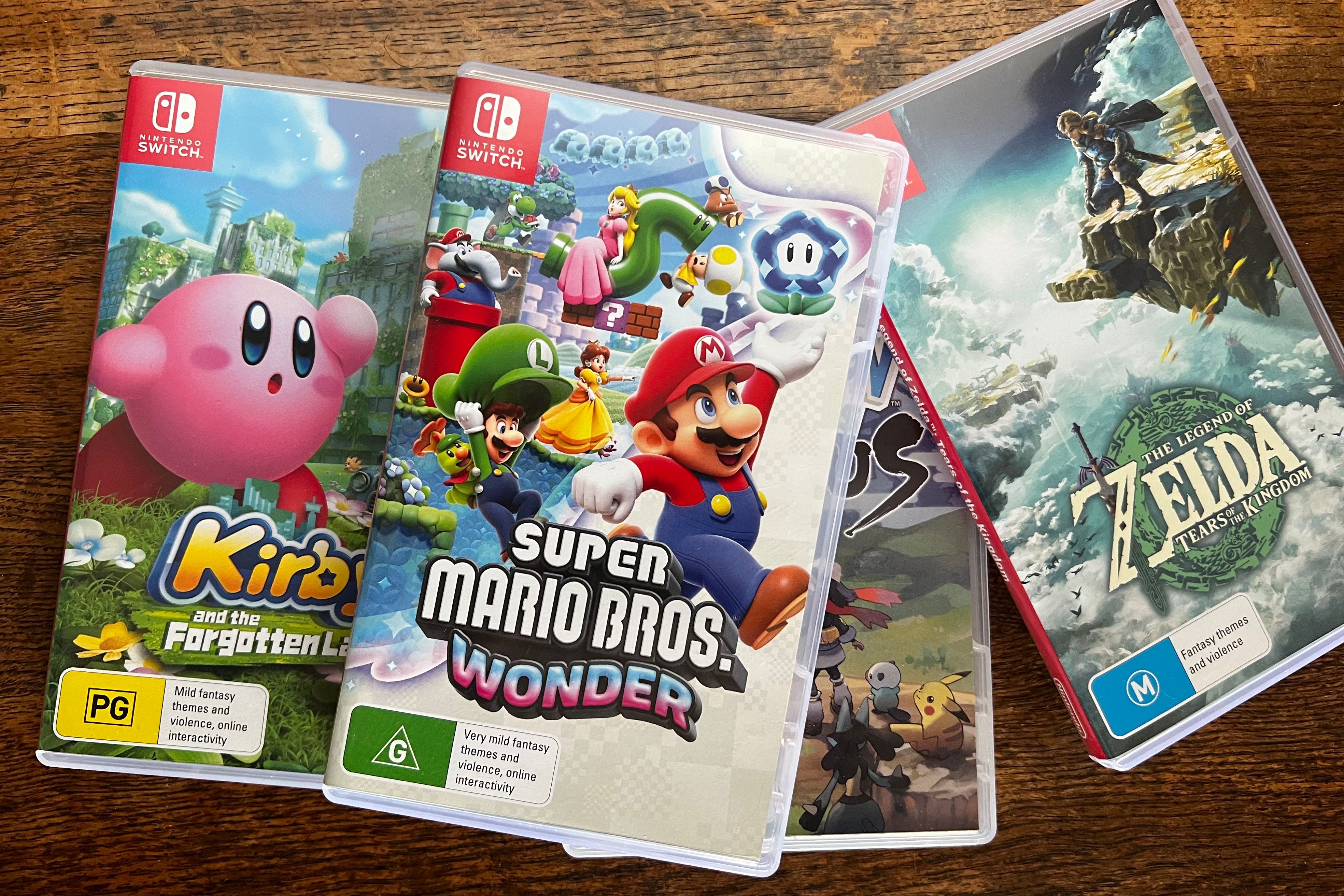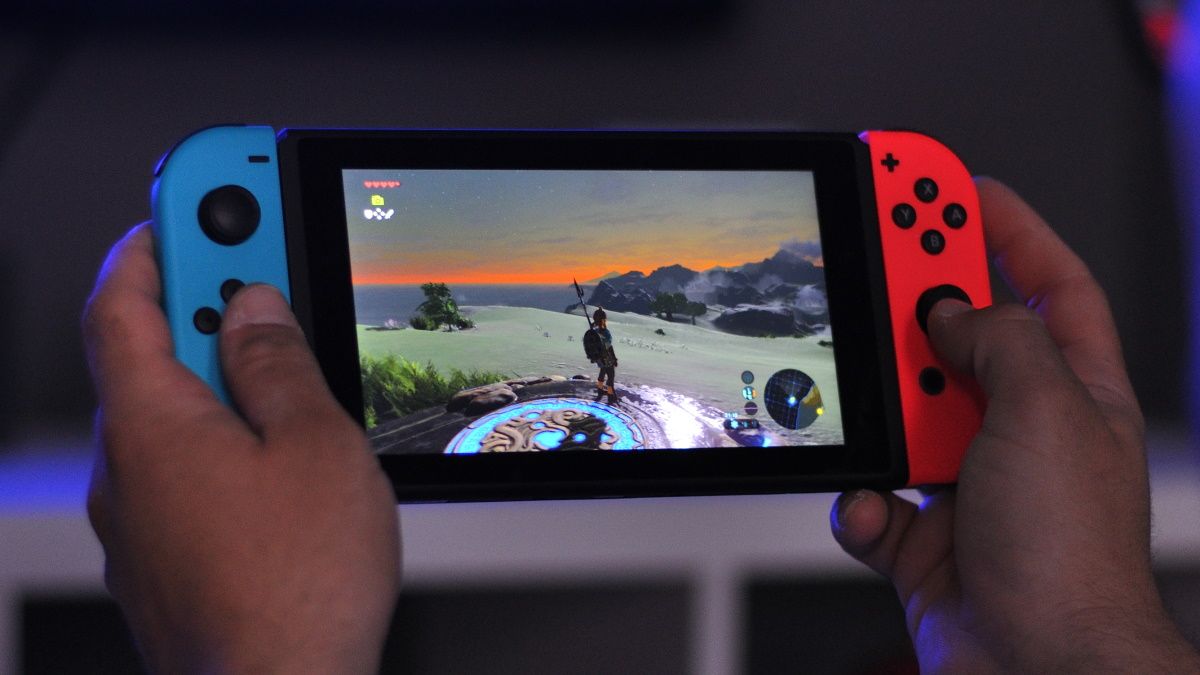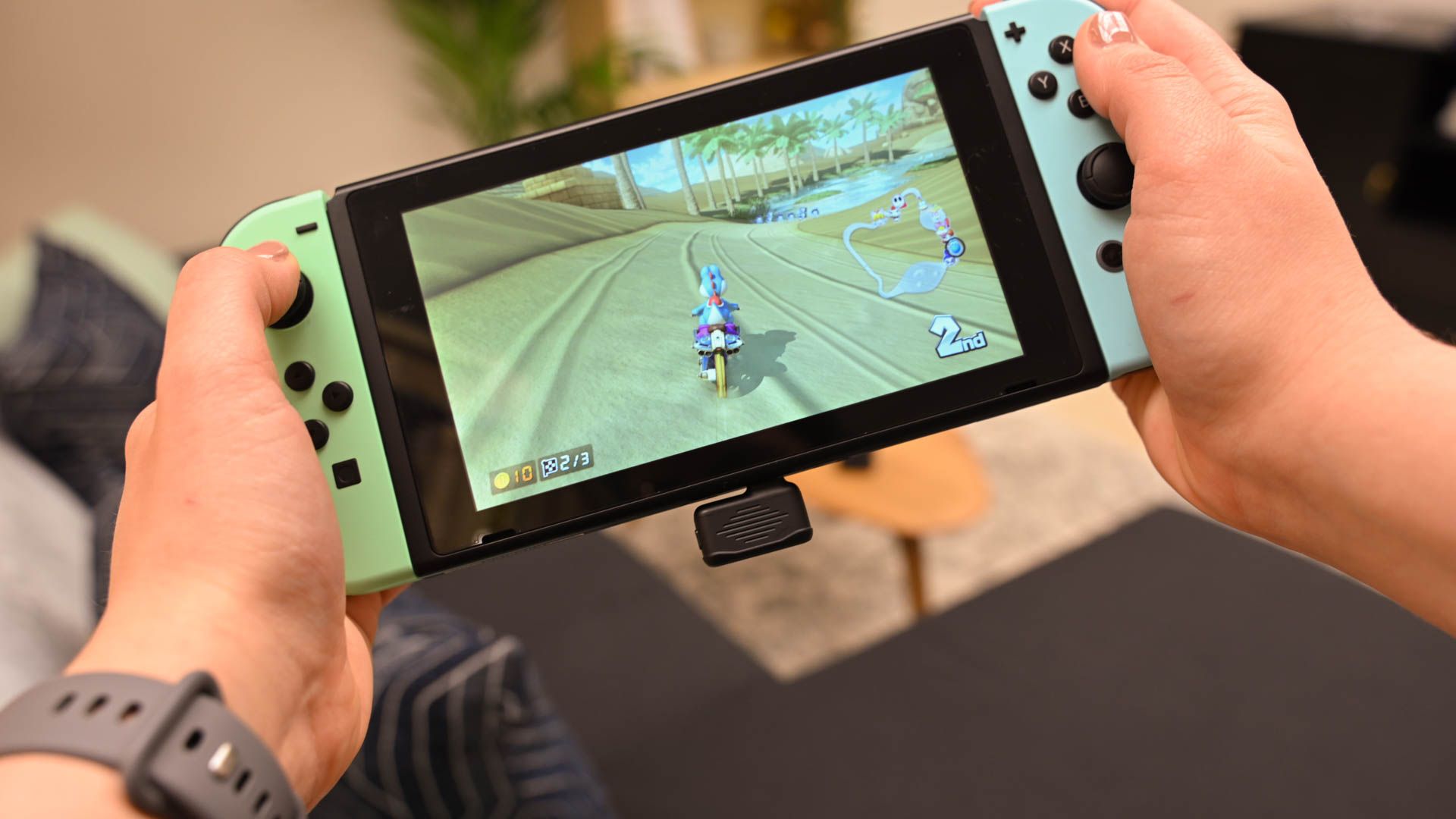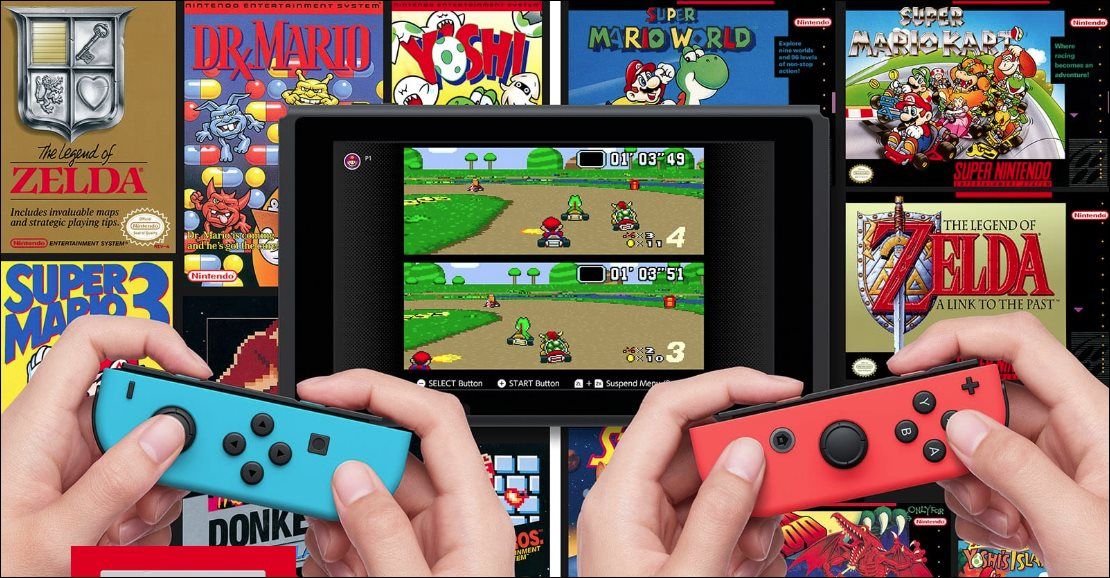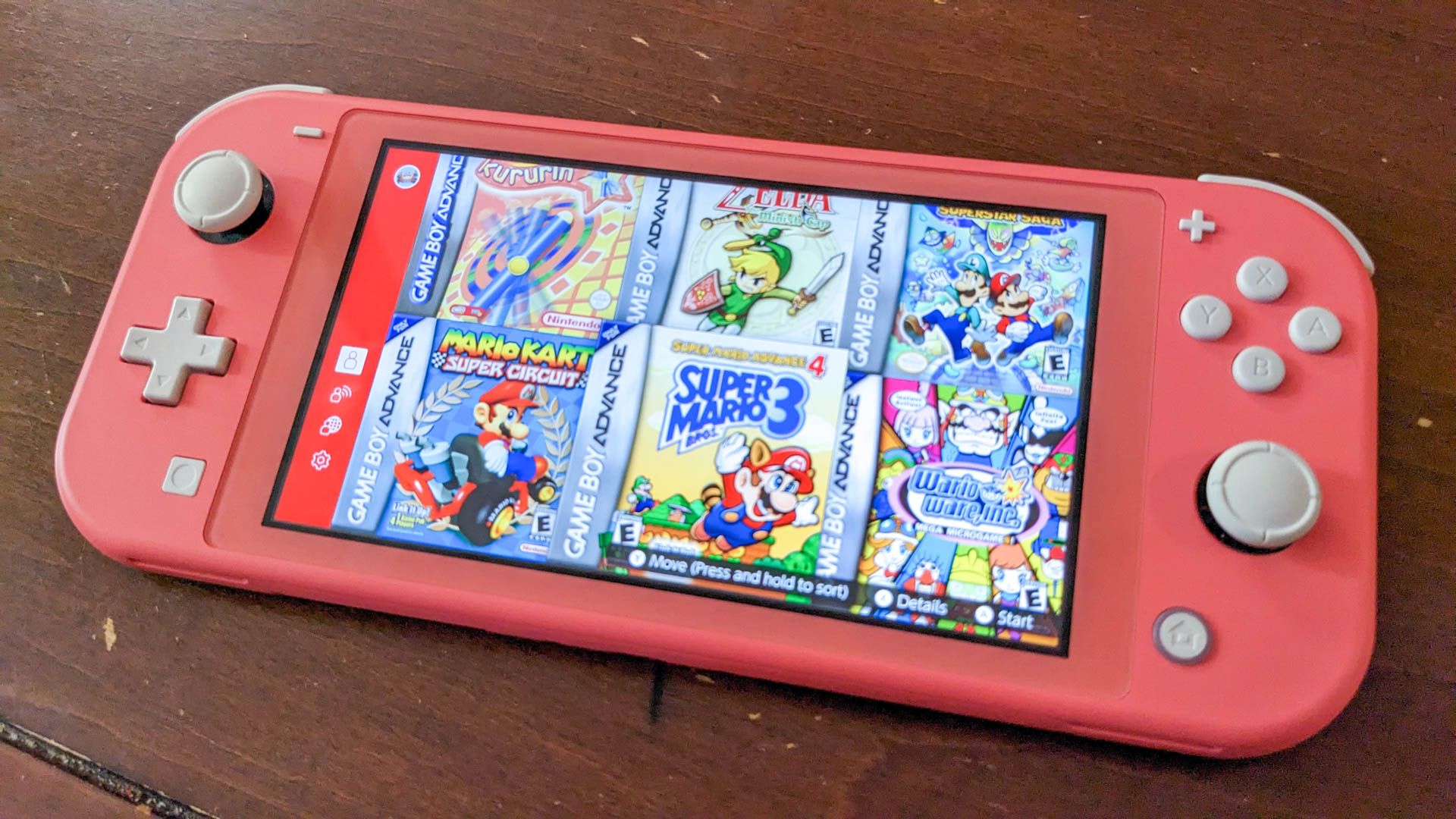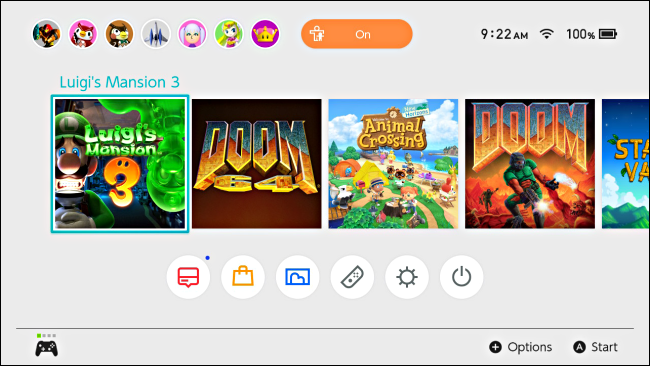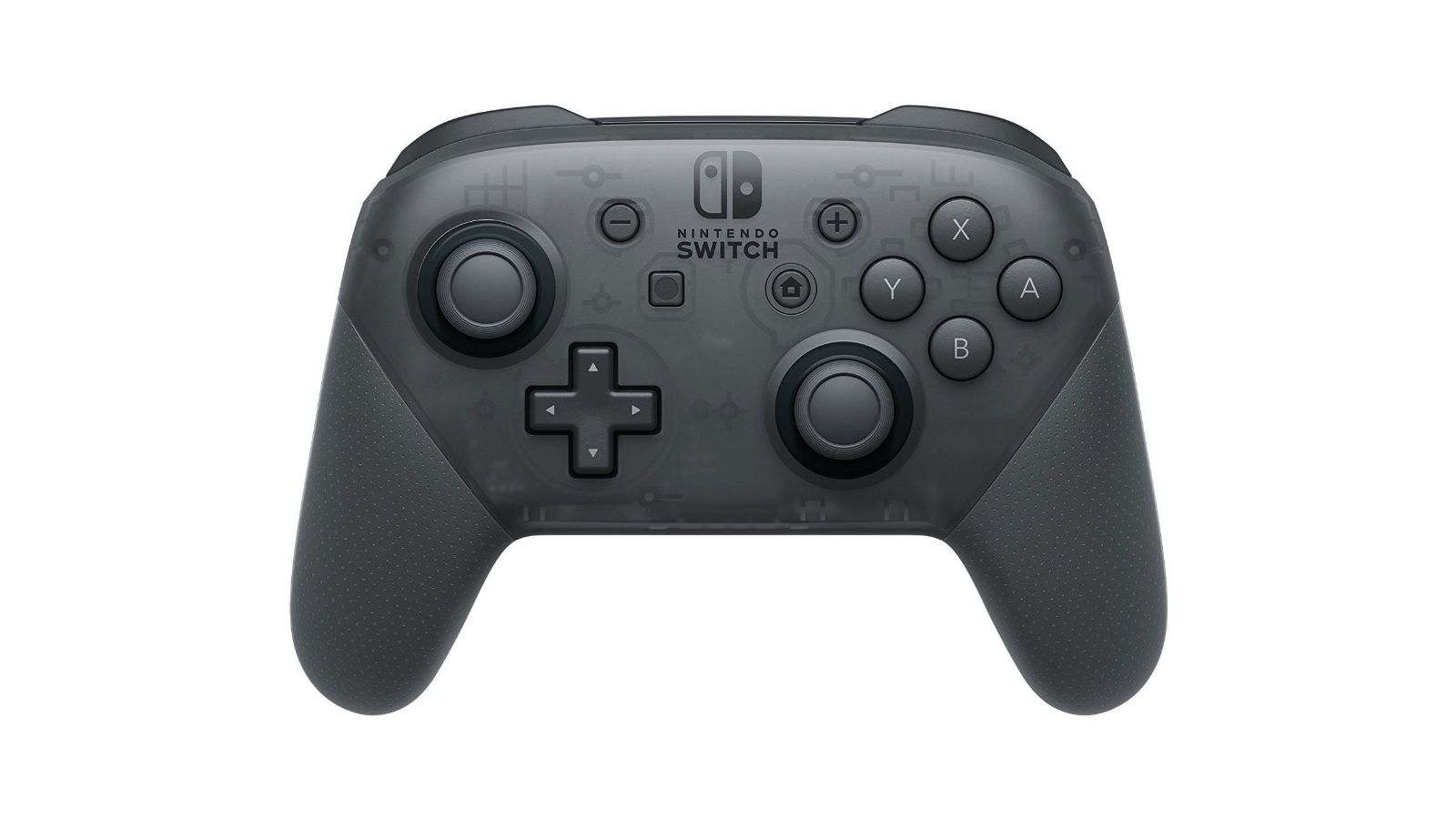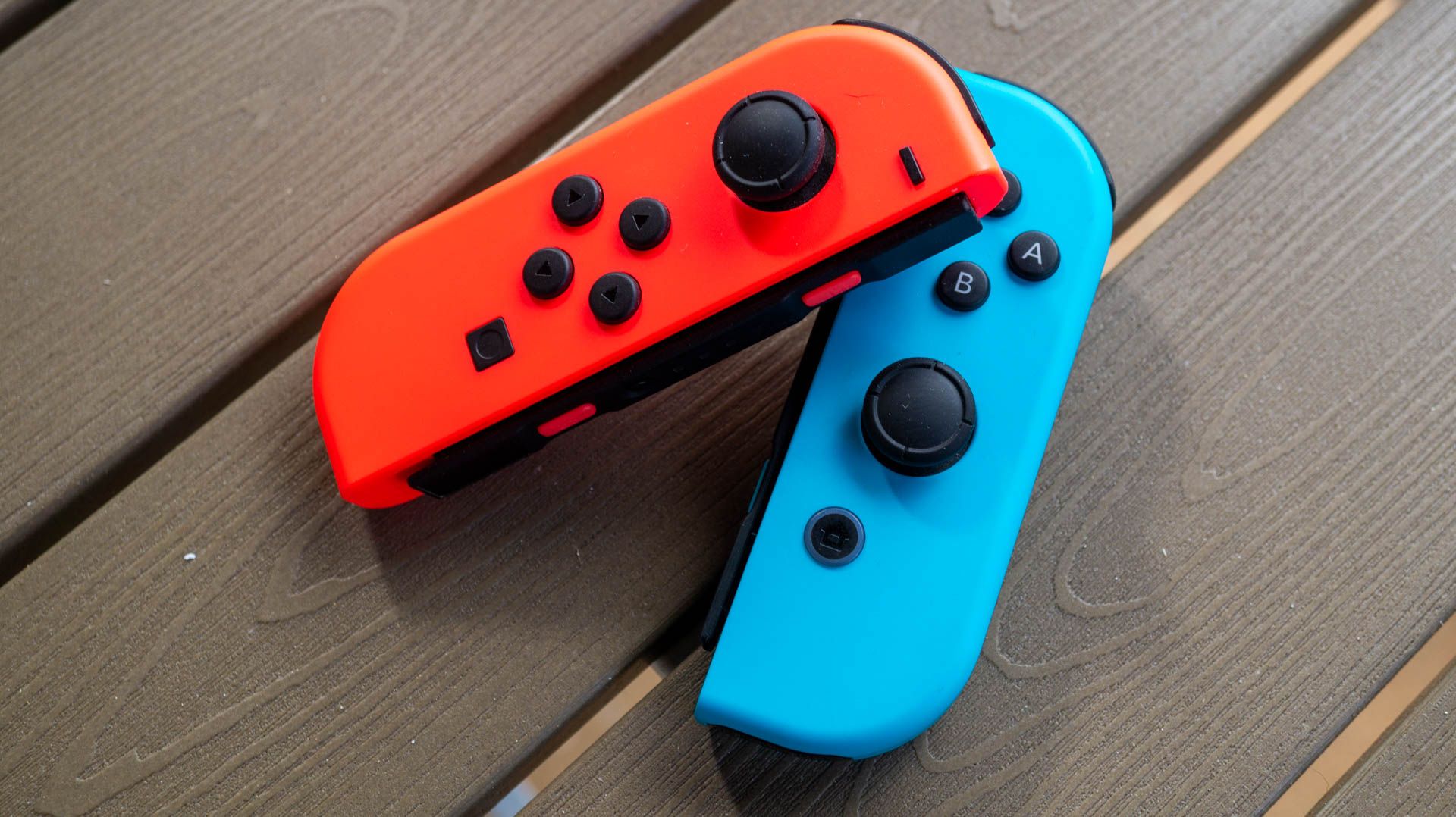After decades of console launches that have set both industry highs and (relative) lows, there are critical lessons that Nintendo must learn from the competition and the company’s past. Nobody wants the Switch 2 to be another Wii U.
1 Backwards Compatibility Is a Must
This one is the easiest win for Nintendo. If you’re anything like me, you’ve accumulated a vast library of games on your Switch. The value-add of portability has made it not only my go-to system for multi-platform indie titles but also a compelling reason to re-purchase games I love. Being able to carry this collection over to Switch 2 would make it a no-brainer purchase.
While I’ve made the argument before that you should keep your old consoles, it would be wonderful if Switch 2 made its predecessor obsolete. The magic of the Switch concept is that you can have all of your games with you at any time, not split between hardware. This shouldn’t be difficult to achieve either, as Switch 2 is rumored to be sticking with NVIDIA architecture, which doesn’t guarantee an easy backward compatibility process but has me thinking it must factor into Nintendo’s plan.
It’s also worth noting that backward compatibility makes for a great “day one” experience. New users will have immediate access to one of the most expansive online gaming storefronts and former Switch owners will be able to continue their progress in games they’re already invested in. Since it’s likely that there will be gaps between Switch 2 exclusives, this would largely eliminate the issue.
2 Give Our Games a One-Up
One of the smartest moves made by Sony and Microsoft in the transition to the current console generation was to offer graphical and performance upgrades to the last-gen catalog. The standard has been set and Nintendo needs to follow suit.
So many Switch games are crying out for a fresh coat of paint and wheel-greasing. Both The Legend of Zelda: Tears of the Kingdom and Breath of the Wild come to mind as crowd pleasers that would flourish with a power bump, though love should also be given to niche offerings in Nintendo’s stable, like the Xenoblade series and Bayonetta 3. This is to say nothing of games like Hyrule Warriors: Age of Calamity and a myriad of Pokémon offerings that teeter on being unplayable on Switch hardware.
I’d be happy to pay a small fee for a substantial upgrade, as I did for deluxe upgrades of PlayStation 4 games. This shouldn’t be the day one precedent, though. It would be a compelling reason for people to pick up a Switch 2 at launch if it makes their old games immediately look and feel brand new.
3 Exclusive Killer Apps Make the Case
Backward compatibility is important, but what will truly excite people about Switch 2 are the games you can exclusively play on it. There’s boundless potential here but also cause for concern.
At present, it’s looking likely that Metroid Prime 4: Beyond will be a cross-generation launch title. This tactic worked for The Legend of Zelda: Twilight Princess between GameCube and Wii because it complemented the system-selling juggernaut that was Wii Sports. It was also successful for Breath of the Wild as the Switch’s portability was an unprecedented x-factor and not many people owned a Wii U.
These are both entries into one of Nintendo’s cash cow franchises, whereas Metroid has historically had a discrepancy between cultural icon status and lower-than-expected sales figures. Those Zelda launch titles both arrived on the coattails of generations of hardware with poor sales, whereas the Switch is Nintendo’s most popular console ever.
This is all to say that Nintendo’s going to need more than a multi-platform hit that only a relatively small portion of its user base is interested in. Switch 2 needs exclusives so monumental that they can’t be ignored, like a new 3D Mario platformer or Mario Kart 9. While things will eventually come, I’d argue it’s necessary for them to release in Switch 2’s launch window so that the system doesn’t pick up an early reputation for having “no games.”
As part of this plan, Nintendo should learn from the long trail of cross-platform releases by Sony and Microsoft that have left many still wondering what the PlayStation 5 and Xbox Series X uniquely have to offer years into their lifespan. The long-term sustained success of the Switch line would override the short-term success of keeping people playing on their original Switches.
4 Don’t Reset the Clock on Retro Games
We’re probably all tired of Nintendo’s tendency to drip-feed the same NES and SNES titles across a span of years, every generation. But now that the company has established emulated libraries through online services, there’s less reason than ever for them to do it all over again. In fact, improved and expanded functionality should be their M.O. going forward.
There’s an abundance of quality-of-life improvements for the Nintendo Switch Online apps. It’s become cumbersome to keep up with all the different emulation apps under the service’s umbrella; these should all be combined into a one-stop shop for Nintendo retro gaming. Options to remove filters automatically applied to any system’s games would also be welcome, even if doing so would lead to a less authentic experience. Also, button mapping for specific consoles (or even specific games) would be welcome.
Adding new consoles to the fold like the GameCube would also get people excited, though I wouldn’t hold it against Nintendo to keep that card in their back pocket for a dry season. What’s most important for the Switch 2’s launch is that they simply let us keep what we already have.
5 Improved Online Paves the Way
Nintendo’s online services get the job done for most of their games, but it could be so much better. Improved netcode would make genres like shooters and fighting games far more viable, while integrated voice chat and an expanded set of social features would reduce the current need for third-party solutions. And yes, this functionality needs to be integrated into the system, not a phone app.
Improved online would also be a critical step forward in courting the gacha market. Modern gacha games—such as those made by HoYoverse—are among the most-played games on the planet, and their players are typically looking to play them wherever they can. While Switch 2 wouldn’t be the first way to play these portably, it would still funnel microtransactions through Nintendo’s eShop infrastructure, giving them a cut of their immeasurable profits. This would also be a fantastic chance to introduce Fire Emblem Heroes to a new fanbase, revitalizing interest in the seven-year-old game.
I’d be remiss if I didn’t also mention the potential to bring MMOs to a portable system. The likes of Final Fantasy XIV and World of Warcraft don’t currently have dedicated handheld ports, but could massively benefit from the form-factor. I can only imagine how much less of a hassle it would feel like to grab a Switch 2 for my daily Mini Cactpot log-in, or to complete a few side-quests before bed.
6 Give the UI a Facelift
While I love how the Switch’s no-nonsense user interface keeps the focus on the games, it’s ripe for improvement.
Most critically, it’s rendered at 720p which makes it a blurry mess on 4K TVs. While I doubt Switch 2 games will be regularly hitting 4K (if at all), the system must support the output resolution for their menus in order to give it a modern feel. Back when the Switch was released, the low UI resolution was a necessary and easy concession for game performance. Given the widespread proliferation of 4K displays since then, it now puts a spotlight on the platform’s lack of power.
Also, while I praised the utilitarian nature of the Switch’s home menu, it’s devoid of energy. Comparisons to the PlayStation 5’s menu where each game has full-screen art and accompanying music aren’t favorable from a perspective of “fun.” Nintendo should find a way to add some of this pomp and circumstance to Switch 2 without throwing out utility in the process.
One such way they could do this is by adding themes. Fans have requested this feature ever since the Switch’s launch, both because they were a beloved customization option on 3DS, and the system settings have a menu to support them that’s gone suspiciously unused. This would separate Nintendo from its competition while giving users a way to personalize their devices. It’s a win-win scenario.
7 Pack in a Pro Controller (And Make Old Ones Compatible)
It’s no secret that the Pro Controller market has been profitable for Nintendo given that many players don’t find Joy-Cons suitable for docked play. Garroting this market would be a big risk, but the statement it would make would help cement its dominance in the gaming landscape.
A packed-in Pro Controller would signal that Switch 2 is a viable place to play cutting-edge multiplatform titles. The current status quo cuts directly against this, meaning Nintendo needs to make it clear to players that its new console is ready-made for all their gaming needs. The company could still retain the lucrative market of special edition controller variants while also cutting a larger piece of the multi-platform pie.
Additionally, we’ve talked about backward compatibility for games, and I believe that should also apply to controllers. Unless there’s a substantial new feature that warrants a refresh, Nintendo should continue supporting Switch controllers. I’d go as far as to say this support outweighs any gimmicks they could add. That said, new models that fix stick drift issues would be appreciated.
8 Don’t Muddle the Message
Nintendo’s infamously bad Wii U marketing left the average consumer thinking it was a Wii peripheral. Given that we’re moving from one hybrid console to another, this is something I’m worried could happen again with Switch 2.
This final point is something of a contradictory one as differentiating between consoles runs counter to my points regarding backward compatibility. I don’t necessarily have the best answer to reconcile this juxtaposition of focusing on the new and retaining the old. Frame Switch 2 as an upgrade to Switch and most people won’t bother. Separate it too much and the large casual install base of the Switch will feel left behind, let alone the hardcore fans who’ve accrued a library of hundreds of games. Nintendo’s got its work cut out.
If there’s one thing I’m confident about, it’s that Nintendo has a good thing going with the hybrid model and shouldn’t try to reinvent the wheel. Rather, show you how much better that wheel could be. It needs to make its expanded power and any other potential new features feel like necessary upgrades rather than frivolities.
I’m excited to see how Nintendo pulls this off. It’s exciting to finally be on the cusp of a new Nintendo console after the better part of a decade, and while I have my desires, I’m just excited to see what the Mario company is cooking up next.


